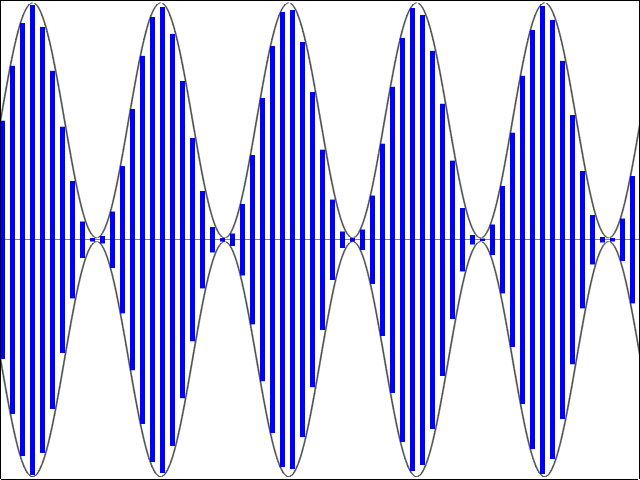Multichannel
Multipoint Distribution Service (MMDS), also
known as Wireless Cable, is a wireless telecommunications technology,
used for general-purpose broadband networking or, more
commonly, as an alternative method of cable
television programming reception. It is also a
digital wireless transmission system that works in the 2.2-2.4 GHz range. Also
known as "Advanced Wireless Services" (AWS) and "wireless cable,
it requires line of sight between transmitter and receiver, which can be 30 or
more miles apart.
MMDS was designed
initially as a one-way service for bringing cable TV to subscribers in remote
areas or in locations that are difficult to install cable. It supports
approximately 33 analog channels and more than 100 digital channels of TV. In
late 1998, the FCC opened up the technology for two-way transmission, enabling
MMDS to provide data and Internet services to subscribers.
Technology
The BRS band
uses microwave frequencies at 2.1 GHz and from 2.5 GHz
to 2.7 GHz. Reception of
BRS-delivered television and data signals are done with a rooftop microwave antenna. The antenna is attached to a
down-converter or transceiver to receive and transmit the microwave signal and
convert them to frequencies compatible with standard TV tuners (much like on satellite dishes where the signals are converted down
to frequencies more compatible with standard TV coaxial cabling), some antennas use an
integrated down-converter or transceiver. Digital TV channels
can then be decoded with a standard cable set-top
box or directly for TVs with
integrated digital tuners. Internet data can be received with a standard DOCSIS
Cable Modem connected to the same antenna and transceiver.
Local Multipoint Distribution Service (LMDS) is a digital wireless
transmission system that works in the 28 GHz range in the U.S. and 24-40 GHz
overseas. It requires line of sight between transmitter and receiving antenna,
which can be from one to four miles apart depending on weather conditions. LMDS
provides bandwidth in the OC-1 to OC-12 range, which is considerably greater
than other wireless broadband services.
LMDS is a new type of stationary (fixed) broadband wireless access technology designed for a mass subscriber marketplace. Based on millimeter microwave frequencies - 24GHz and above - LMDS now offers a potential for cheaper in-building bandwidth than newly installed fiber or copper. In fact, it's the microwave technology that could make wireless data for the enterprise both cheap and ubiquitous. While several vendors are offering products today, this technology is still in early development stages.
LMDS is a broadband wireless access technology originally designed
for digital television
transmission (DTV). It was
conceived as a fixed wireless, point-to-multipoint technology for utilization in the last mile. LMDS
commonly operates on microwave frequencies across the 26 GHz and
29 GHz bands. In the United States, frequencies from 31.0 through
31.3 GHz are also considered LMDS frequencies.
Throughput capacity and reliable distance of the
link depends on common radio link constraints and the modulation method used -
either phase-shift keying or amplitude
modulation. Distance is typically limited to about 1.5 miles (2.4 km) due
to rain fade attenuation constraints. Deployment
links of up to 5 miles (8 km) from the base station are possible in some
circumstances such as in point-to-point systems that can reach slightly
farther distances due to increased antenna
gain.
sources:






